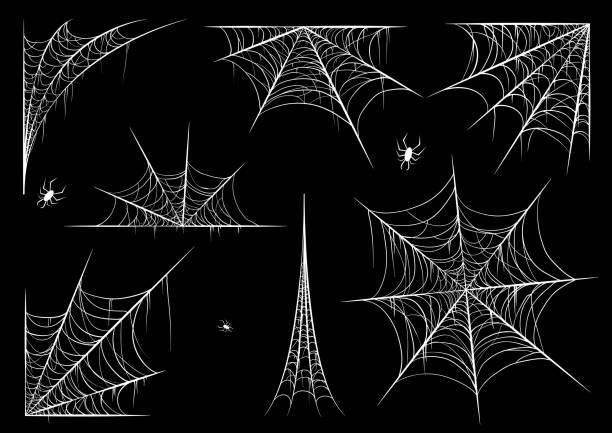I. Introduction A. The Fascination with Spider Webs B. Understanding Corner Spider Webs
II. Anatomy of a Corner Spider Web A. Overview of Construction B. Structural Components 1. Radial Lines 2. Spiral Lines C. Purpose of Each Component
III. Types of Corner Spider Webs A. Orb Webs B. Sheet Webs C. Cobwebs
IV. The Role of Corner Spider Webs in Spider Behavior A. Hunting Strategies B. Reproduction and Mating Rituals C. Shelter and Protection
V. Adaptations and Evolution A. Environmental Influences B. Species Variation C. Coevolution with Prey
VI. Ecological Importance A. Prey Regulation B. Ecosystem Dynamics C. Indicator of Environmental Health
VII. Human Interaction and Utilization A. Artistic Inspiration B. Scientific Research C. Biomimicry in Design
VIII. Challenges and Threats A. Habitat Loss B. Pesticide Use C. Climate Change
IX. Conservation Efforts A. Habitat Restoration B. Education and Awareness Campaigns C. Sustainable Practices
X. Fascinating Facts about Corner Spider Webs A. Intricate Patterns B. Silk Production Process C. Spider Web Diversity
XI. Mythology and Symbolism A. Cultural Interpretations B. Superstitions and Folklore C. Symbol of Connection and Balance
XII. Curiosity Corner: Exploring Unanswered Questions A. How do Spiders Navigate their Own Webs? B. Do Corner Spider Webs Vary in Strength Based on Location? C. Can Humans Learn from Spider Web Construction Techniques?
XIII. Exploring Corner Spider Webs in Your Neighborhood A. Identifying Common Species B. Observing Spider Behavior C. Citizen Science Opportunities
XIV. Conclusion A. Reflecting on Nature’s Ingenious Designs B. Appreciating the Beauty and Complexity of Corner Spider Webs C. Encouraging Conservation Efforts to Preserve Biodiversity
XV. FAQs about Corner Spider Webs
1. Are all spider webs built in corners? Spider webs can be found in various locations, but corner webs are a common architectural choice for many species due to stability and strategic positioning.
2. Do all spiders use silk to build their webs? Yes, all spiders produce silk, but the specific use and method of web construction vary among species.
3. How long does it take for a spider to build a web? The time it takes for a spider to construct a web depends on factors such as species, size of the web, and environmental conditions, but it can range from minutes to hours.
4. Can spider webs withstand heavy rain or wind? While some spider webs are resilient to light rain and wind, severe weather conditions can damage or destroy them. However, spiders are known for their ability to quickly repair or rebuild damaged webs.
5. Are all spider webs designed for catching prey? While most spider webs are indeed designed for hunting purposes, some species use silk for shelter, communication, or other functions unrelated to prey capture.


